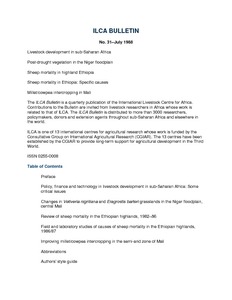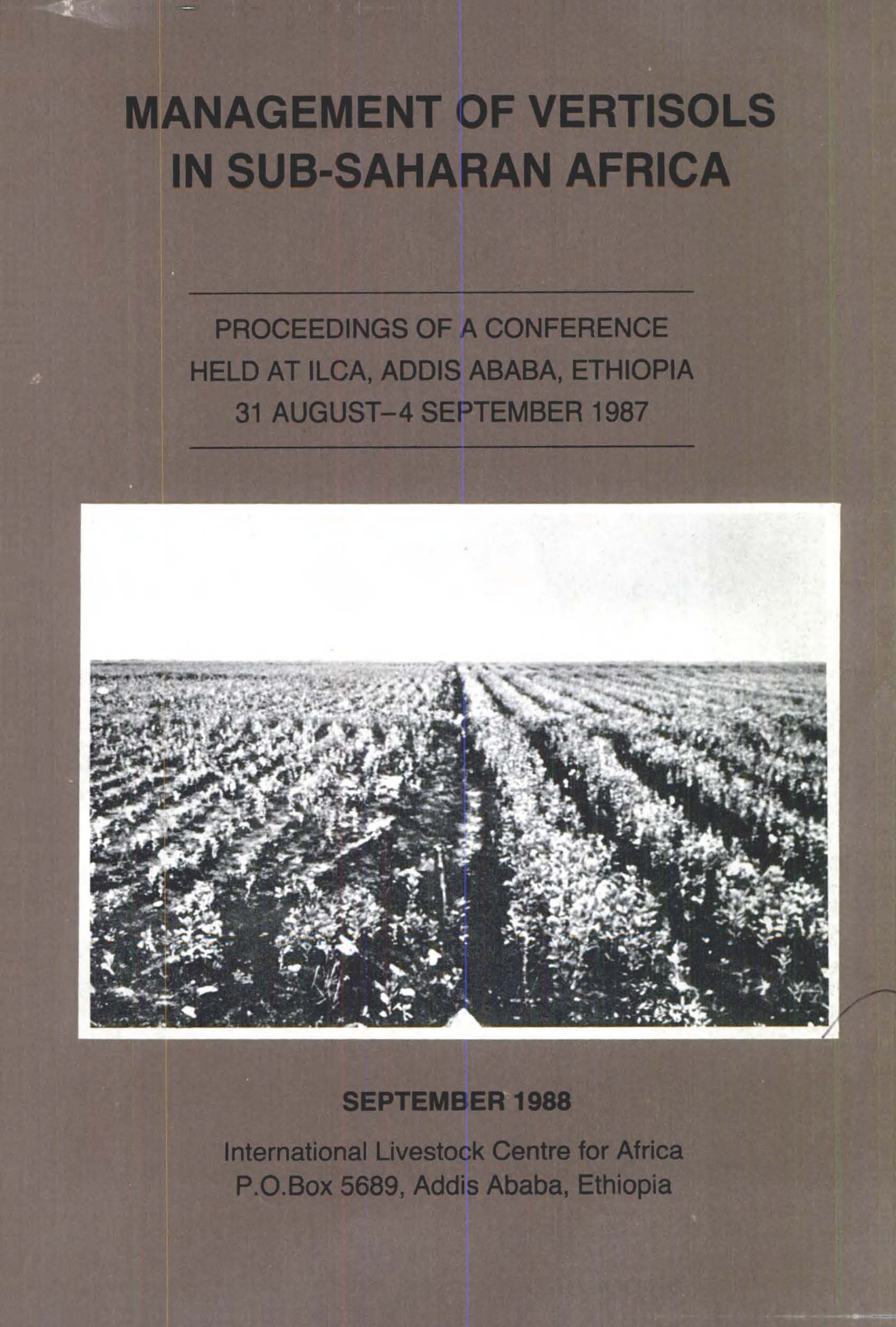Location
Vision, mission and strategy
ILRI's strategy 2013-2022 was approved in December 2012. It emerged from a wide processof consultation and engagement.
ILRI envisions... a world where all people have access to enough food and livelihood options to fulfil their potential.
ILRI’s mission is... to improve food and nutritional security and to reduce poverty in developing countries through research for efficient, safe and sustainable use of livestock—ensuring better lives through livestock.
ILRI’s three strategic objectives are:
- with partners, to develop, test, adapt and promote science-based practices that—being sustainable and scalable—achieve better lives through livestock.
- with partners,to provide compelling scientific evidence in ways that persuade decision-makers—from farms to boardrooms and parliaments—that smarter policies and bigger livestock investments can deliver significant socio-economic, health and environmental dividends to both poor nations and households.
- with partners,to increase capacity among ILRI’s key stakeholders to make better use of livestock science and investments for better lives through livestock.
This is ILRI’s second ten-year strategy. It incorporates a number of changes, many based on learning from the previous strategy (2000–2010, initially produced in 2000 and modified in 2002), an interim strategy (2011–2012) and an assessment of the external and internal environments in which the institute operates.
Members:
Resources
Displaying 1051 - 1055 of 1152Economic evaluation of improved vertisol drainage for food crop production in the Ethiopian highlands
Outlines an economic evaluation of an improved surface drainage technology, using the broad-bed-maker (BBM) on-farm in four different vertisol areas of the Ethiopian highlands. Presents data on crops and number of areas covered for the on-farm drainage technology, on cost structure of the BBM, and on human and oxen labour input in traditional seed covering and the construction of the BBM.
African forage plant genetic resources, evaluation of forage germplasm and extensive livestock production systems. Proceedings of the third PANESA workshop
This proceeding report is divided in three sessions. In the first session papers on African forage plant genetic resources in Zimbabwe, Botswana, Malawi and the PANESA region are presented. The second session discusses forage germplasm evaluation. In this session experiences of ILCA, Tanzania, Mauritius, Uganda, Malawi, Ethiopia and Kenya are presented. Species involved in the studies included Brachiaria, Cynodon, Trifolium, Lablab, Zornia, Stylosanthes and Crotalaria. The third session deals with extensive livestock production systems.
CIPEA Rapport Annuel 1986/87: Une Annee de Progres et de Changement
Utilization of agricultural by-products as livestock feeds in Africa. Proceedings of a workshop
Presents results of studies on the utilization of agricultural by-products as livestock feeds in Africa. Discusses methods of estimating the nutritive value of fibre residues and feed legumes, feed intake and digestibility, prospects of utilizing urea-treated maize stover, agroindustrial by-products and the chemical analysis of feeds.






